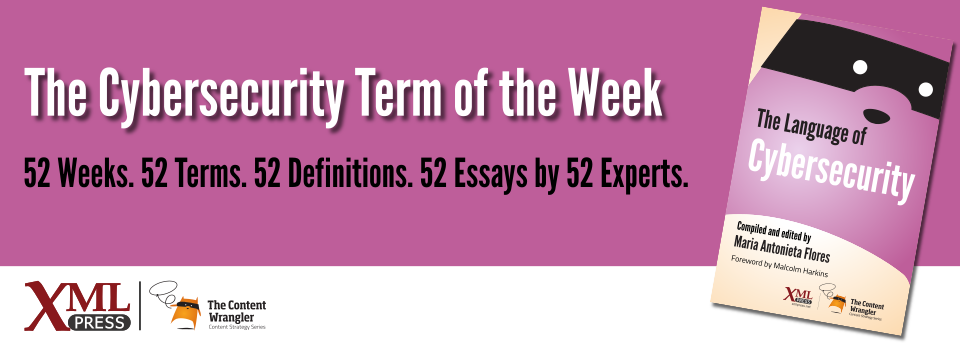What is it?
The attack lifecycle or sequence of phases that malicious hackers use to exploit their targets.
Why is it important?
Cybersecurity professionals can create winning security and readiness programs by understanding the methods of their adversaries.
Why does a business professional need to know this?
Understanding the kill chain helps cybersecurity professionals detect an attacker’s perspective and helps business professionals understand the process that cybersecurity specialists use when investigating a breach.
Understanding each phase of the kill chain and how those phases relate to the IT landscape of your organization can help you develop the policies, controls, and preparations needed to defend against attacks.
The kill chain phases include the following:
- Reconnaissance: attackers discover information about their target using a combination of profiles and vulnerabilities.
- Infiltration: attackers weaponize the information to break into vulnerable systems, typically through network vulnerabilities or social engineering.
- Exploitation: after breaking in, attackers exploit their access and hunt for valuable targets, including email archives, credit card data, and customer records.
- Exfiltration: exfiltration is the process attackers use to capture and remove data. This can be done all at once or over a period of time.
- Monetization or media release: criminals motivated by money typically sell data on the dark web to the highest bidder; those motivated for political reasons are more likely to deliver data directly to the media or WikiLeaks.
A good defensive practice is to map the kill chain to high-risk targets (for example an email archive), evaluate out how an attacker would go about stealing the archive, and then put controls and policies in place to block a cybercriminal at each phase, effectively breaking the kill chain(Sager 2014).
References
- (Sager 2014) Killing Advanced Threats in Their Tracks: An Intelligent Approach to Attack Prevention: Sager, Tony (2014). PDF. An overview of the steps in the kill chain, including how to detect unknown attacks by integrating intelligence into sensors and management consoles.

